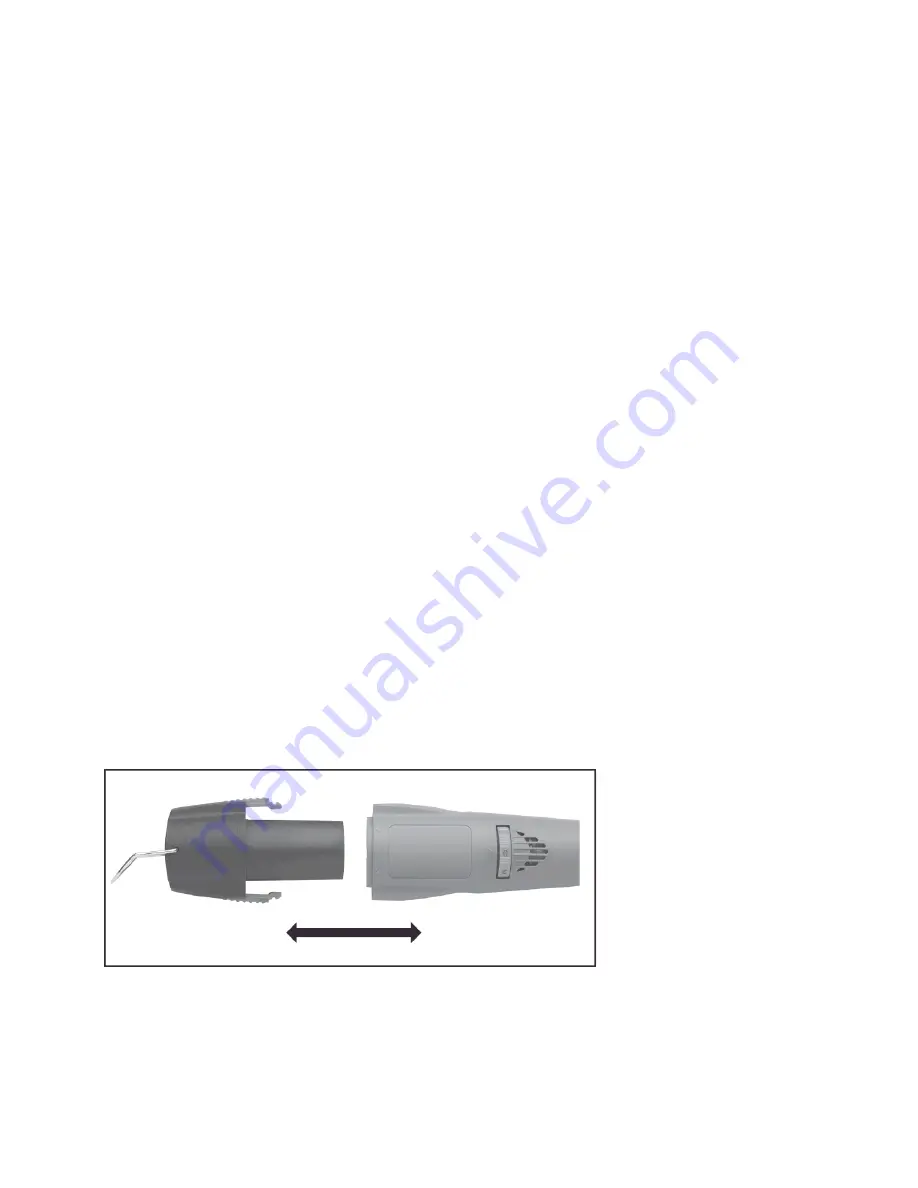
Page 5 of 10
battery cartridge can explode in a fire.
8. Be careful not to drop or strike battery.
9. Always be sure that the tool is switched off and the battery cartridge is removed before adjusting or
checking function on the tool.
10. When using a cordless power tool continuously, the battery may become hot. Allow about 30
minutes or the battery to cool down before re-charging.
TIPS FOR MAXIMUM LIFE
1. The battery is not fully charged. Before first use, charge the battery for 8-10 hours to full charge. After
that, full recharging will require 3-5 hours.
2. Charge the battery cartridge before completely discharged. Always stop tool operation and charge
the battery cartridge when you notice less tool power.
3. Never recharge a fully charged battery cartridge. Overcharging shortens the battery’s life.
4. Charge the battery cartridge with room temperature at 10ºC - 40ºC (50ºF - 104ºF). Let a hot battery
cartridge cool down about 30 min. before re-charging it.
5. Do not store the tool and battery cartridge in locations where the temperature may reach or exceed
50ºC (122ºF).
INSTALL AND REMOVING BATTERY CARTRIDGE
1. Always switch off the tool before insertion or removal of the battery cartridge.
2. To remove the battery cartridge, withdraw it from the tool while pressing the buttons on both sides of
the cartridge.
3. To insert the battery cartridge, align the tongue on the battery cartridge with the groove in the
housing and slip it into place. Always insert it all the way until it locks in place with a little click. If not, it
may accidentally fall out of the tool, causing injury to you or someone around you.
4. Do not use force when inserting the battery cartridge. If the cartridge does not slide in easily, it is not
being inserted correctly.
This tool uses a Nickel-Cadmium battery (Ni-Cad). The only way to dispose of this battery is to recycle
it. The law prohibits any other method of disposal.
BATTERY CHARGER










